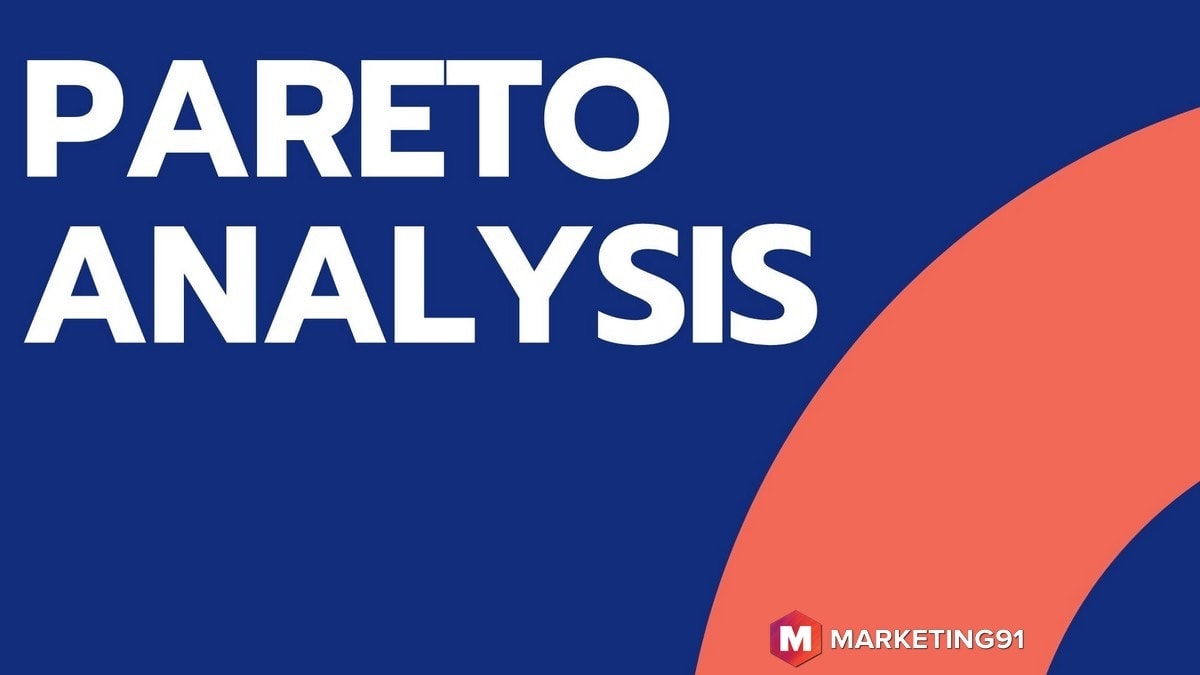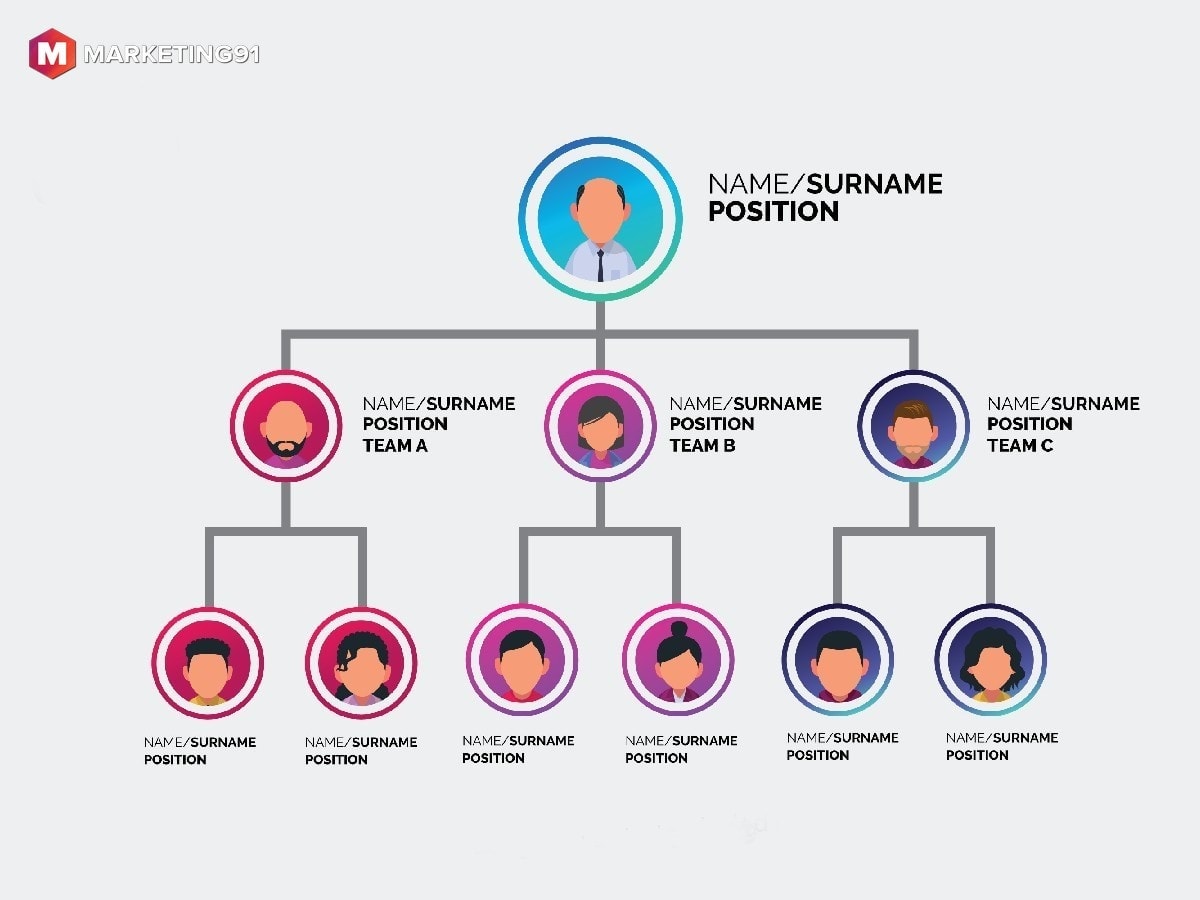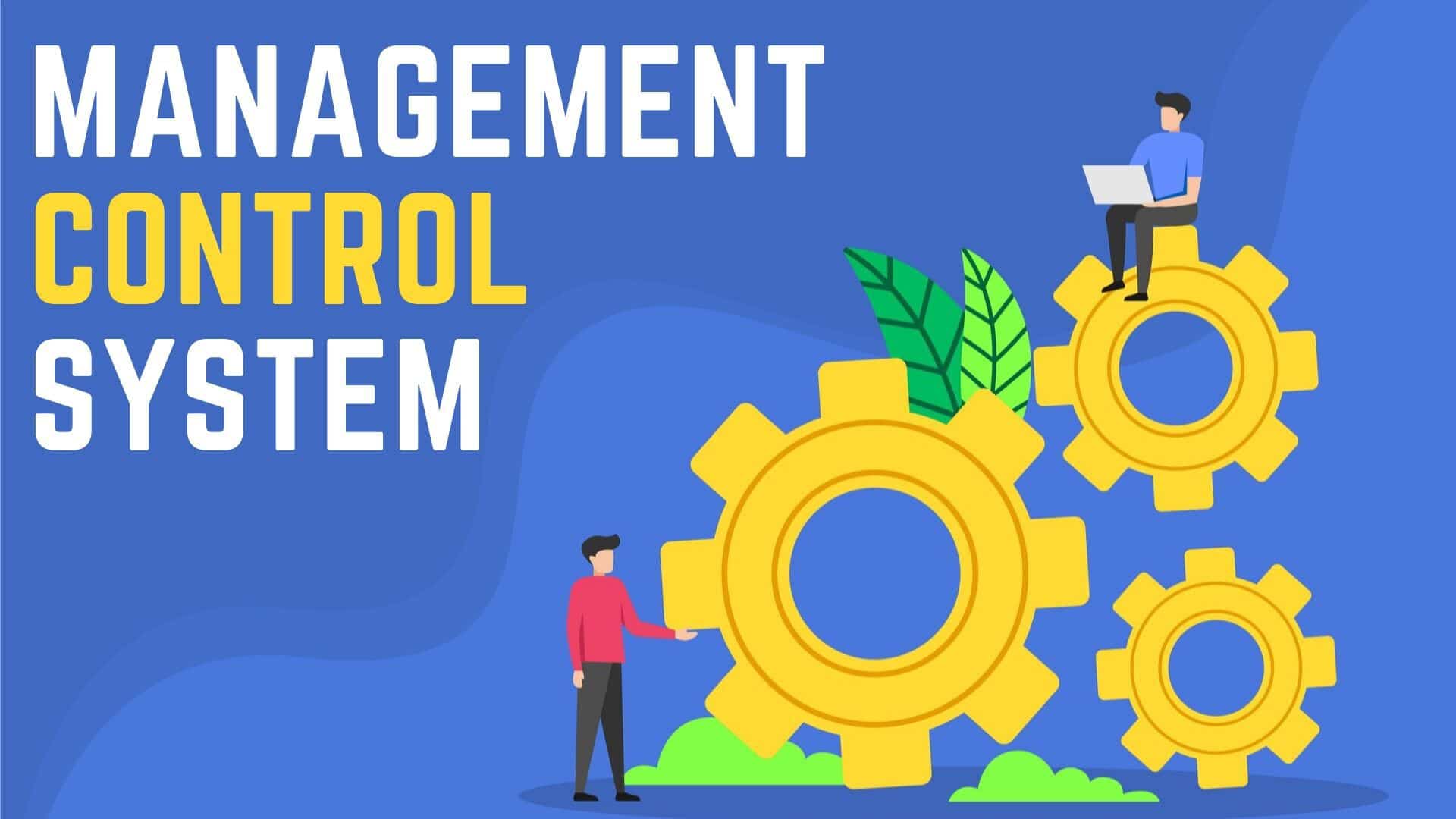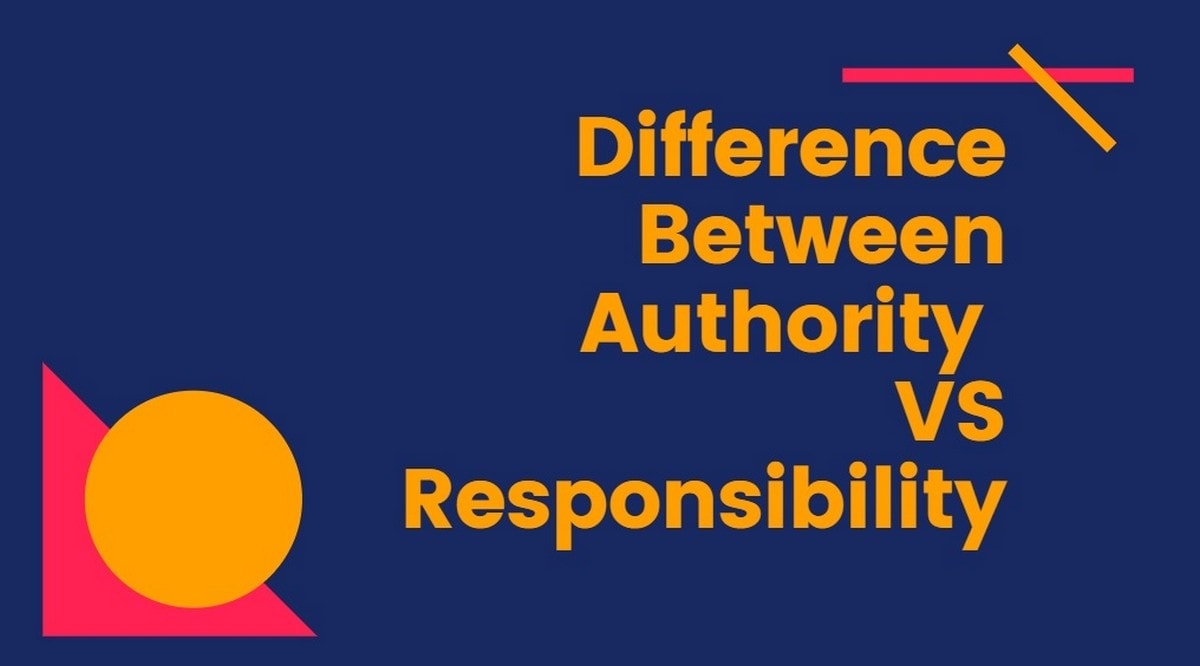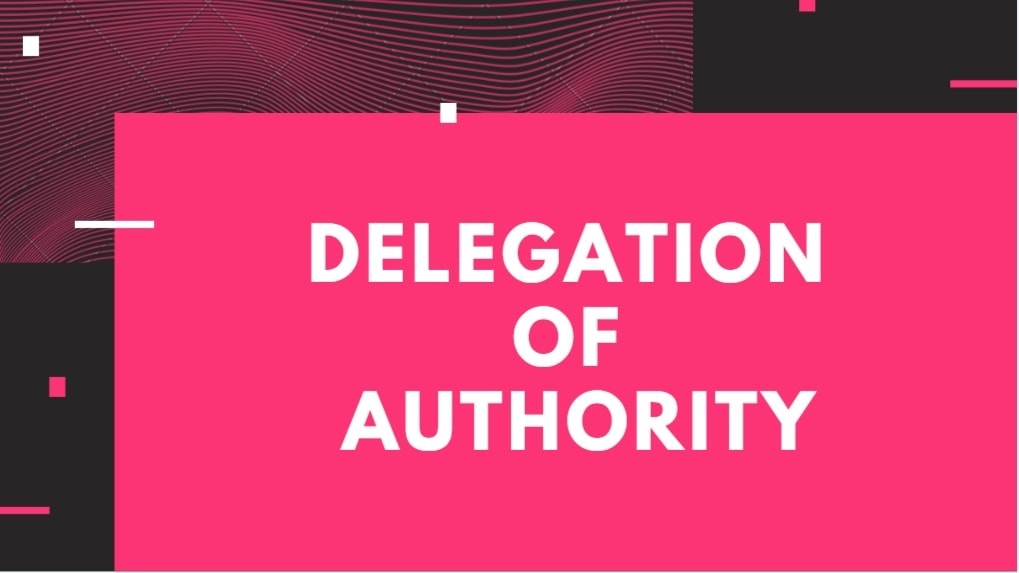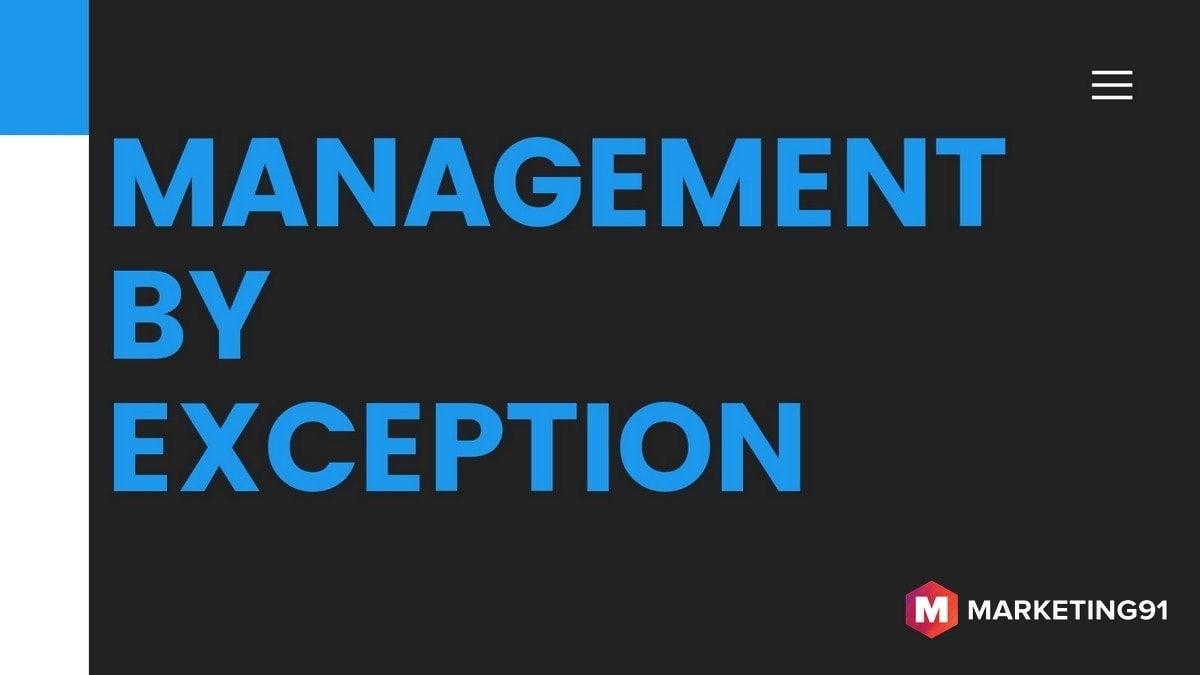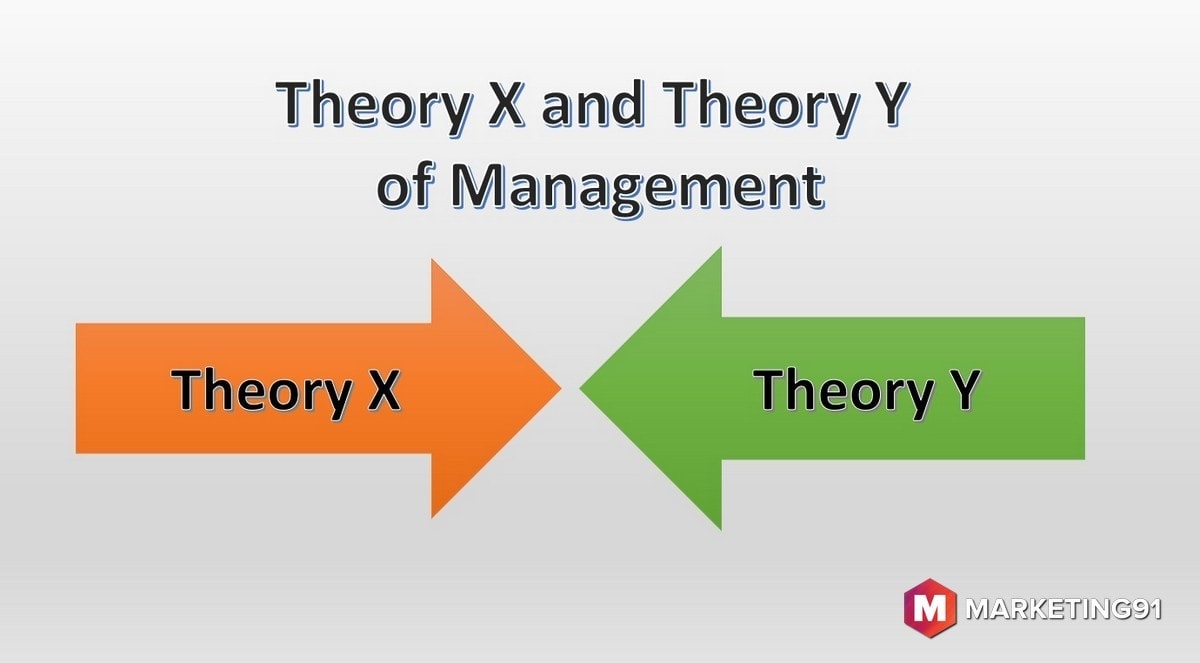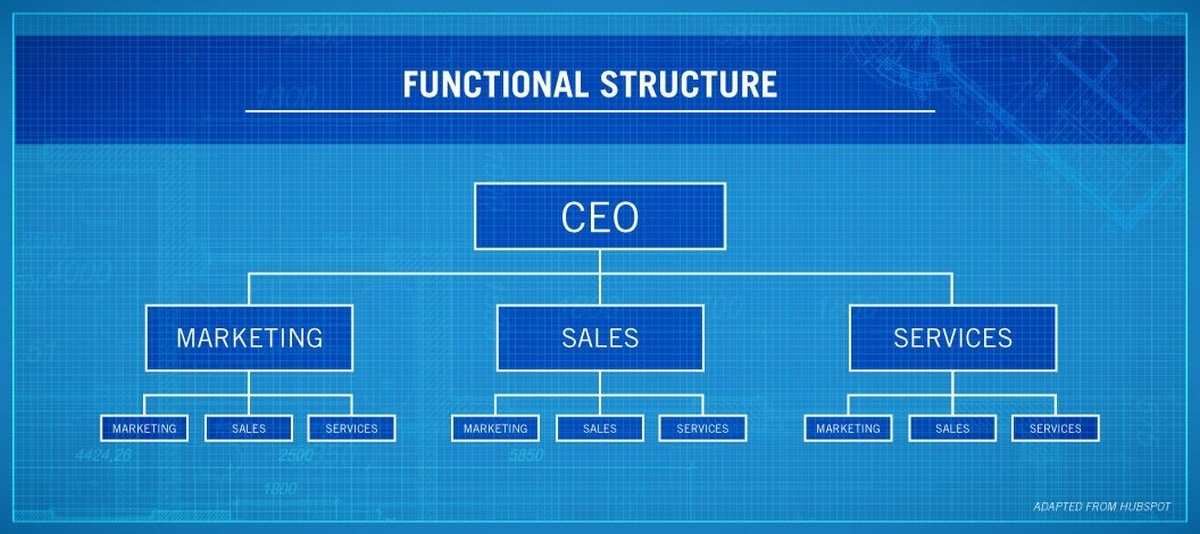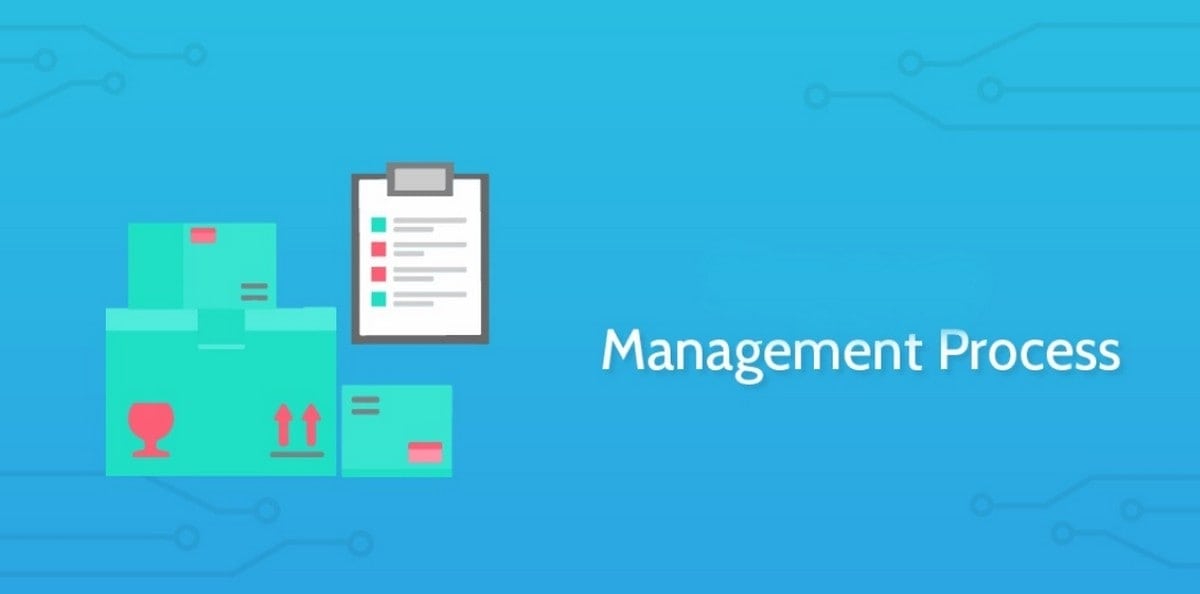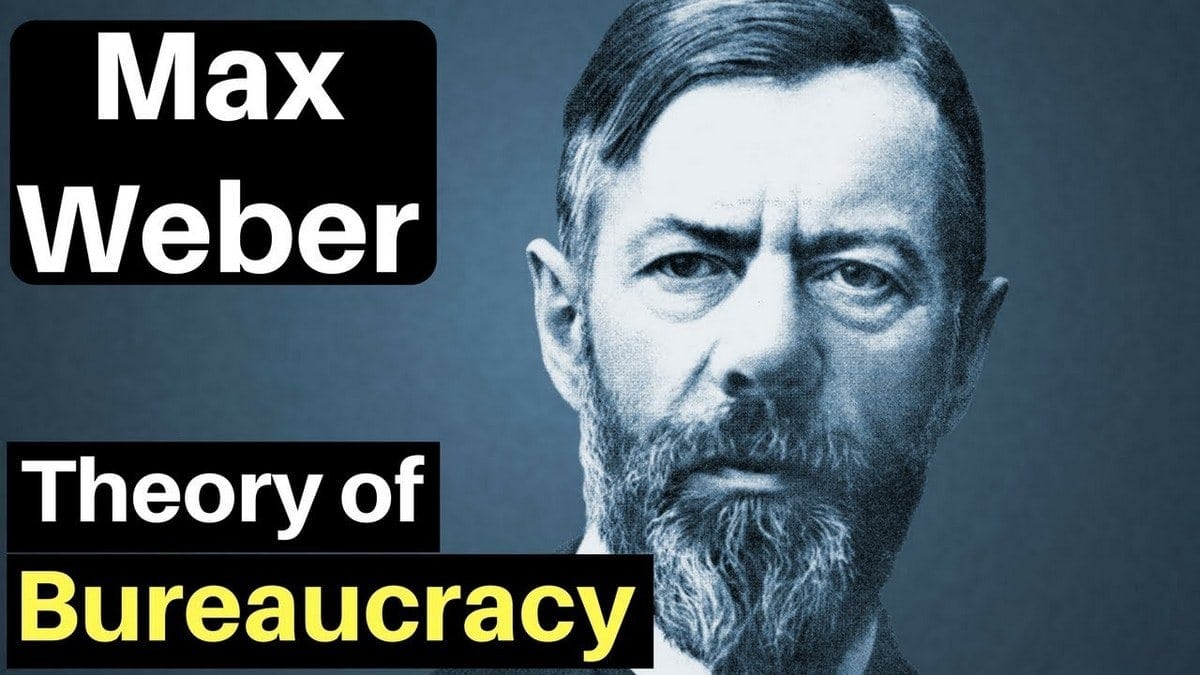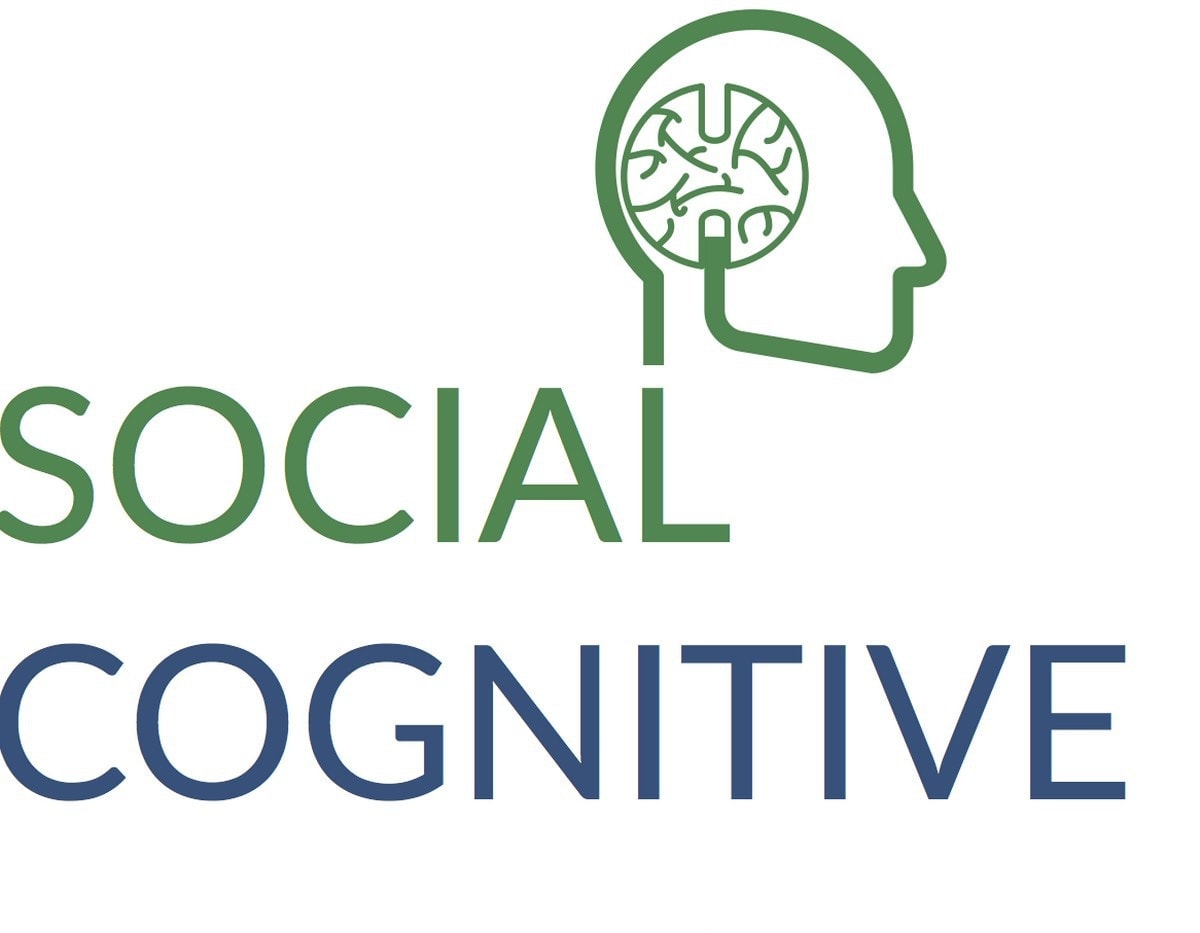Listening can be defined as a process of receiving information in the form of sounds or action and reacting or responding to that information through…
Management Category
Learn the principles and practices of effective management, including leadership, strategy, and decision-making.
Pareto Analysis – Definition, Principle, Applications, Chart and Examples
Definition Pareto analysis is defined as a tool that is used for decision making in which multiple courses of action are competing to gain attention….
Importance of Management For Every Business Organisation
Management has an important role to play in an organization, and it plays an important role in the success of the organization. In this article,…
Asynchronous Communication: Examples & Benefits
Asynchronous communication refers to a type of communication where one person shares information and then waits for a delayed response from the recipients. To put…
Hierarchical Organization : Definition, Types of Structure, Advantages, & Disadvantages
Hierarchical organization is defined as a pyramid-like structure where one individual is in charge of the company with one or more subordinates subsequently under each…
Path-Goal Theory: Meaning, Style, Consideration, and Characteristics
The path-goal theory is defined as a leadership theory that specifies the behavior and style of a leader best suited to fit the work environment…
Management Control: Meaning, Types, & Features of Management Control
Management control is defined as a process that helps to achieve organizational goals. The teams or an individual within a business entity is forced to…
Management Control System: Objectives, Functions and Advantages
The management control system is also referred to as MCS and is defined as an informal as well as a formal framework that an organization…
What is a Learning Organization? Peter Senge’s 5 Disciplines of Learning
Learning organization can be defined as an organization which proactively makes efforts both in the form of investment and encouragement to educate their employees so…
The 13 Most Important Features of Management you should know
Management is essential, as well as an integral part of every organization. The main purpose of management to guide the people working in the organization…
What is the Difference between Authority and Responsibility?
Understanding the difference between authority and responsibility is crucial in the world of management and leadership. These two concepts, though often intertwined, hold distinct meanings…
Delegation of Authority: Meaning, Principles, and Examples
When a manager in an organization divides his work among his subordinates to accomplish a big task, he divides the task into smaller tasks and…
Personality Traits – Meaning and Examples
Personality traits are characteristics which separate an individual from the others. Personality traits of a person reflect the distinctive characters such as emotions, feeling, behavior,…
Reinforcement Theory of Motivation
Definition The Reinforcement theory is considered as motivational theory and is defined as the process of molding for shaping the behavior of an employee by…
Management By Exception: Accountability, Meaning, Advantages, & Disadvantages
The role of a manager is significant in an organization. He is responsible for the smooth flow of work in the organization. This requires his…
Nominal Group Technique: Meaning, Key differences and 5 Steps
Nominal Group Technique can be defined as a technique to find the solution for the existing problem. Nominal group technique is slightly different from brainstorming…
Theory X and theory Y of Management: Meaning, Differences & Application
Theory X and theory y are considered as theories of human motivation at the workplace. This theory was developed by Douglas McGregor in 1950s at…
Barriers To Delegation: Top 10 Barriers to Delegation at a workplace
Amidst our rigorous and tight work schedules, we all need some sort of a breather and space by delegating our work to our peers or…
Barriers to Entrepreneurship: Top 12 Barriers to Entrepreneurship
In today’s world, each one us dreams of being an entrepreneur and starting up something that we are passionate about. It’s all about making a…
Barriers to Effective Listening: Top 5 Barriers to Effective Listening
There are various skill sets required at a workplace to conduct and complete all the tasks and responsibilities efficiently and effectively. And one of them…
10 Common Barriers To Critical Thinking
Critical Thinking is not only required by an individual in the streams of academics and the business world but also in life as well. It…
Diffusion of Responsibility: Definition, Characteristics & Factors
Diffusion of responsibility is defined as a psychological phenomenon in a social setting. Sometimes when an individual is in a group, he will hesitate to…
Middle Management: Role, Importance, Examples, and Skills
Middle management is defined as the management level that reports to higher managers and manages at least one – two subordinate level of managers. Its…
Functional Organization: Definition, Examples, Features, and Advantages
The functional organization is designed on the typical hierarchy system where position and job requirement of every employee is defined. The organization is also divided…
Internal Control: Meaning, Types, Components and objectives
Internal control can be defined as the process of accounting, auditing, reviewing the system, methods, and accounts of an organization in order to make sure…
9 Management Activities which Management has to do
If you want to become a manager, then one of the common questions you might have is – What are the management activities I will…
Explain Management as a process
Many people think that Management is a one Stop solution and you can find solutions to problems very quickly. However, management is not as simple…
Explain Management As An Activity
In a day, we have to perform many different activities. From attending meetings to handling emails to doing the core work. Even in personal lives,…
Risk Analysis – Overview, Types of Risk, Process, Advantages & Limitation
The term risk analysis is used to refer to the process in which the potential risks or issues are identified and analyzed which have a…
What Is Risk Management? Importance Of Risk Management
The term risk management is used to refer to the identification, the polarization and the analysis of the threats or risks that may affect the…
What is the Importance of Quality Management for an Organization?
Quality is one of the topmost principles of management. Maintaining the spheres of quality in each and every facet of the business helps the firm…
The Theory of Bureaucratic Management by Max Weber
A famous German sociologist, Max Weber, was the first one who used and described the meaning of Bureaucracy which later on became famous as the…
What is Social Cognitive Theory? Variables, Role and Examples
The ways in which human beings acquire knowledge are inextricably linked to other people. Significant portions of what an individual knows are learned from observing…
What is Risk Identification? Impacts Of Risk Identification
Risk identification is the process of determining risks that could potentially prevent the program, enterprise or investment from achieving its objectives. It includes documenting and…
4 Barriers to Communication in the Work Place
Clear-cut communication is the key to success in today’s postmodern industrial world. It has become more than important than ever before to communicate clearly and…
What is Risk Control? The Importance Of Risk Control
Risk can be defined as the exposure to losses or injuries. A risk is caused by the occurrence of an unfavorable or undesirable event. Risk…
How to do Risk Management? 7 Step Risk Management Process
The term risk management is used to refer to the identification, the polarization and the analysis of the threats or risks that may affect the…
Communicate Effectively: Top 15 Strategies to Improve Skills
Effective and clear communication is an art that separates an exceptional leader from an ordinary one. It has the power to eliminate misunderstandings and encourage…
Top 10 Communication Skills and How to Improve Them
In this competitive era, the most sought-after soft skill is communication skill. It is a valuable attribute that can help in understanding, negotiating and dealing…
The Importance of Motivation and its Effect on Performance
There are quite many factors required to complete a specific task or job responsibility in a successful manner. All the tangible factors such as monetary…

